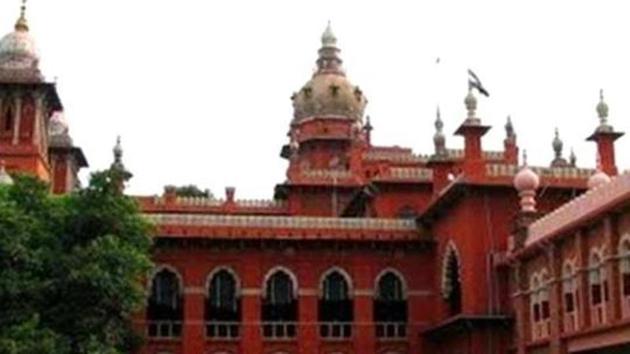It is important to make the Union government litigation efficient
We now have something akin to a census, not a sample survey. This is Ministry of Law and Justice’s Legal Information Management and Briefing System (LIMBS). This is for Union government and indeed, state governments should replicate the idea
In June 2017, the Department of Justice told us that (a) the government is regarded as the biggest contributor to litigation; (b) 46% of cases pending in courts involve the government (including public sector undertakings and autonomous bodies); and (c) government litigation includes service matters, disputes with private parties, disputes between two government departments and disputes between two PSUs.

These aren’t new points. In criminal cases, the government is expected to be a litigant on one side. But these are data on civil cases. Court time is precious. For civil cases, why should the government crowd out the private citizen from the court system by pre-empting court time? Why should two government departments or two PSUs fight it out in courts? You may have come across similar figures earlier. 60-65% of civil cases involve the government as a litigant, sometimes on both sides. 95% of government appeals fail and so on. These earlier figures were often based on a sample survey done in Karnataka High Court in the early 1990s. Since then, there have been other surveys, such as by Vidhi Centre for Legal Policy. We now have something akin to a census, not a sample survey. This is the Ministry of Law and Justice’s Legal Information Management and Briefing System (LIMBS). This is for the Union government and, indeed, state governments to replicate the idea. The purpose of LIMBS isn’t academic research. It is a tool to ensure Union government litigation is handled better. As of today, 364,601 court cases are covered (315,154 of these are live). These straddle 2,415 courts and 64 ministries.
I said LIMBS is akin to a census, not a sample survey. That means, all Union government cases and all ministries/departments should be a part of it. Since it is still work in progress, I don’t think it has yet become a census, but incrementally, it is getting there. More cases, more courts and more ministries/departments are becoming part of LIMBS. One can process and analyse the database to figure out how Union government litigation can be handled better. The 46% figure I mentioned earlier is from LIMBS. Since this is work in progress, as the database expands, numbers may change. Subject to that, which ministries account for most cases? In decreasing order of importance, we have railway, home affairs, communications, health and family welfare and finance. These account for more than 70% of cases. Most cases are in tribunals, followed by high courts. Among high courts, most cases are filed in Delhi, UP, Tamil Nadu, Punjab and West Bengal High Courts. An average case takes eight years and 41,605 cases have been pending for more than ten years. Another 72,805 cases have been pending for between five and ten years. This is a general bane of dispute resolution and grievance redressal. Without getting into broader judicial and legal issues, which are indeed important, is it possible for Union government to handle litigation better? What are these cases, stuck for many years? The answer partly depends on the ministry and level of the court.
For instance, we hear finance ministry and we assume it’s about taxes, with financial implications. That’s largely true, especially on indirect taxes, but not entirely. For instance, out of around 46,000 finance ministry cases, around 41,000 are on indirect taxes. But 9,500 have no financial implication and around 700 are on service matters. I want to flag service matters, with railways ministry as an example. The railway ministry’s success (in winning a case) is 90% in Central Administrative Tribunal (CAT), but drops to 74% in High Courts and 48% in the Supreme Court. To make it explicit, the railway ministry loses a case in CAT. But decides to appeal. Even when it loses in the High Court, it decides to appeal to the Supreme Court. This explains why the success rate declines. I have simplified. However, this highlights unnecessary appeals, not just on service matters. (On appeals, there is a link with the criminal misconduct definition in Prevention of Corruption Act.) More broadly, on all civil cases, not just Union government ones, the moment issues are framed, one more or less (in 90% of cases) knows the eventual outcome, within a band, not precisely. Litigation merely prolongs the journey towards a certain outcome. I hope LIMBS eventually leads to a template all Union ministries/departments can follow. These are the issues that have given rise to the dispute. From earlier judicial decisions, we already know what happens in such cases. Therefore, don’t litigate. If you have lost the case, given the issues, don’t appeal further, and so on.
Bibek Debroy is chairman , Economic Advisory Council to the Prime Minister
The views expressed are personal



